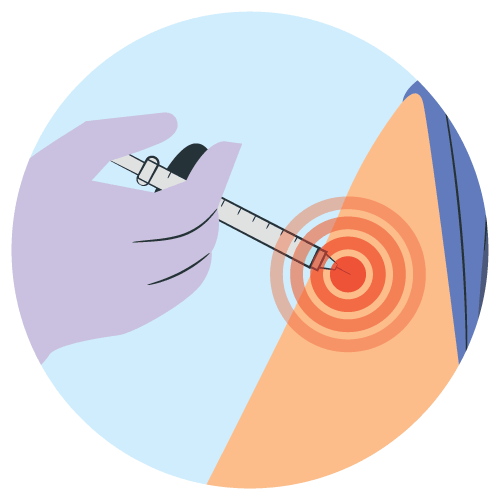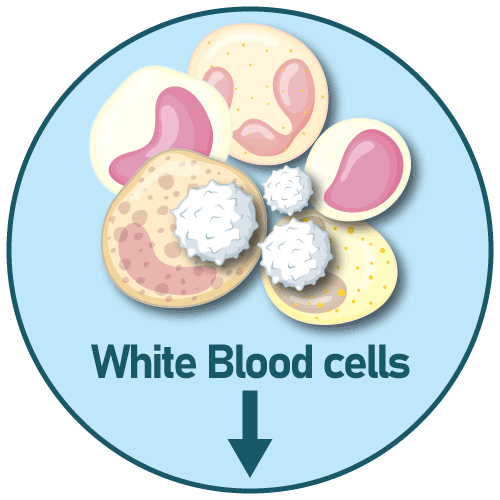| Name | Cefquinome |
| Classes |
Antiinfective Agent Antibiotic Cephalosporine |
| Diseases |
Veterinary Disease |
Cefquinome
Cefquinome belongs to the class of fourth-generation cephalosporin antibiotics. Its mechanism of action involves inhibiting bacterial cell wall synthesis by binding to penicillin-binding proteins (PBPs). This interference with cell wall formation leads to the disruption of bacterial cell integrity, ultimately causing cell lysis and death. Cefquinome is primarily effective against Gram-negative bacteria, including strains resistant to other beta-lactam antibiotics.
Cefquinome is indicated for the treatment of bacterial infections in animals, particularly those caused by susceptible Gram-negative bacteria. It is commonly used in veterinary medicine for respiratory tract infections, urinary tract infections, and skin and soft tissue infections.
Dosage may vary based on the specific infection, animal species, and severity of the condition.
-
Cattle (Adults):
- The recommended dosage is determined by the healthcare provider based on the type and severity of the infection. Typically administered by intramuscular or intravenous injection.
-
Calves:
- Dosage adjustments may be necessary based on the calf's age, weight, and the specific infection being treated.
-
Other Animal Species:
- Dosage and administration should be determined by a veterinarian based on the species, weight, and individual patient factors.
The following side effects may occur with the use of cefquinome-
- Localized injection site reactions (pain, swelling)
- Gastrointestinal disturbances (e.g., diarrhea, vomiting)
- Hypersensitivity reactions (rash, itching)
- Superinfections (e.g., fungal or bacterial overgrowth)
- Hematologic effects (e.g., leukopenia, thrombocytopenia)
- Hypersensitivity: Monitor patients for signs of hypersensitivity reactions, especially those with a history of cephalosporin allergy. Discontinue use if an allergic reaction occurs and initiate appropriate medical therapy.
- Superinfections: Prolonged use may result in overgrowth of nonsusceptible organisms, including fungi. Monitor patients for superinfections and institute appropriate therapy if necessary.
- Hematologic Effects: Regularly assess complete blood counts, especially in patients with pre-existing hematologic conditions or those on prolonged treatment.
- Renal Impairment: Use with caution in patients with renal impairment, as dosage adjustments may be necessary based on the degree of renal dysfunction.
- Cross-reactivity with Penicillins: Use with caution in patients with a history of penicillin allergy, as there may be cross-reactivity. Monitor closely for signs of allergic reactions.
Contraindication
Cefquinome is contraindicated in animals with:
- Hypersensitivity to cephalosporins or any component of the formulation.
- History of severe allergic reactions to beta-lactam antibiotics such as-
- Concurrent use with certain other antibiotics or substances with known interactions.
None known.
Use in animals intended for human consumption within a specified withdrawal period is contraindicated.
 Bangla
Bangla English
English



